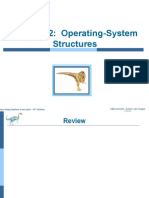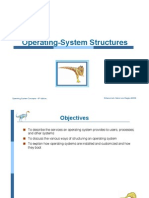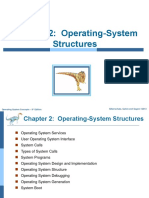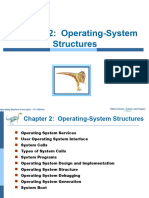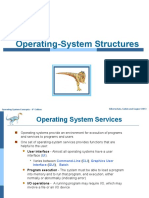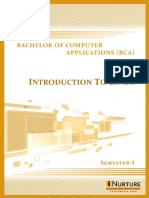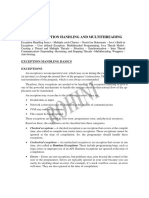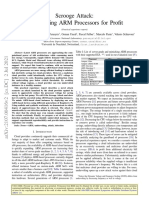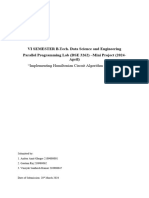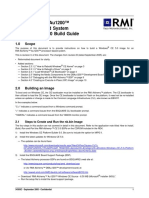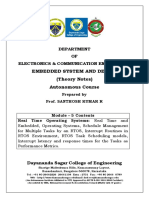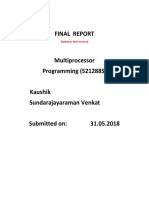0% found this document useful (0 votes)
38 views59 pagesCh2 Operating System Structures
The document discusses the key topics and objectives covered in Chapter 2 of the textbook, which includes operating system services, structures, and interfaces. Specifically, it describes the various services an operating system provides to users and processes, such as user interfaces, program execution, I/O operations, and file management. It also examines how system calls are used to access these services and how parameters are passed to system calls.
Uploaded by
thereisnothingbutcodingCopyright
© © All Rights Reserved
We take content rights seriously. If you suspect this is your content, claim it here.
Available Formats
Download as PDF, TXT or read online on Scribd
0% found this document useful (0 votes)
38 views59 pagesCh2 Operating System Structures
The document discusses the key topics and objectives covered in Chapter 2 of the textbook, which includes operating system services, structures, and interfaces. Specifically, it describes the various services an operating system provides to users and processes, such as user interfaces, program execution, I/O operations, and file management. It also examines how system calls are used to access these services and how parameters are passed to system calls.
Uploaded by
thereisnothingbutcodingCopyright
© © All Rights Reserved
We take content rights seriously. If you suspect this is your content, claim it here.
Available Formats
Download as PDF, TXT or read online on Scribd
/ 59







